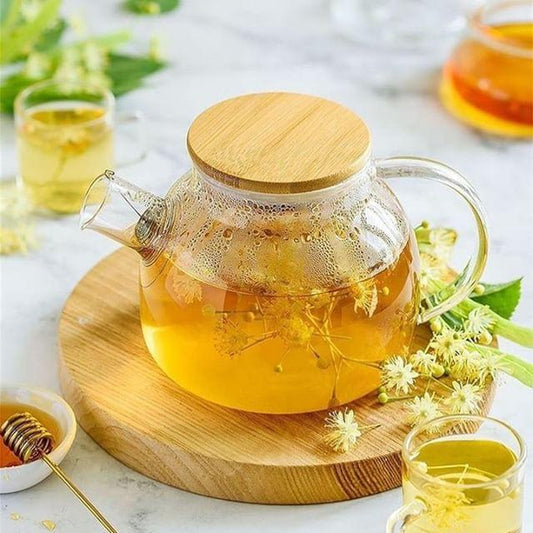Hosting a Wine Tasting at Home: Tips for Pairing, Serving, and Sipping

Hosting a wine tasting at home is a sophisticated and enjoyable way to gather friends, explore different flavors, and learn about the world of wine. With a little preparation and creativity, you can create an experience that’s both fun and educational. Here’s a guide to help you plan and execute a wine-tasting event with tips on pairing, serving, and sipping.
1. Plan Your Theme
Choosing a theme for your wine tasting adds focus and structure to the event. Here are a few popular ideas:
- Regional Focus: Sample wines from a specific region, like Tuscany, Napa Valley, or Bordeaux.
- Grape Variety: Explore the same grape variety, such as Pinot Noir or Chardonnay, from different producers or regions.
- Old World vs. New World: Compare wines from traditional winemaking regions (France, Italy) with their New World counterparts (California, Australia).
- Price Point Challenge: Taste wines at different price points and guess which is which.
Tip: Select 4–6 wines to keep the tasting manageable while offering enough variety.
2. Prepare Your Tasting Space
Set the mood with a clean, comfortable, and organized space for your guests. A clutter-free table with good lighting allows everyone to see and enjoy the wine’s color and clarity.
- Glassware: Provide one glass per wine or encourage guests to rinse their glasses between tastings. If possible, use tulip-shaped glasses for optimal aeration and aroma concentration.
- Tasting Sheets: Print simple sheets for guests to take notes on aroma, flavor, and preferences.
- Spit Buckets: Offer small containers for guests to spit or pour out wine if they prefer.
Tip: Arrange the wines in order of tasting—light whites to heavier reds or dry wines before sweeter ones.
3. Serving Wine: Temperature and Presentation
Properly serving wine enhances its flavors and aromas. Follow these tips for optimal enjoyment:
- Whites and Rosés: Serve chilled (45–55°F/7–13°C).
- Reds: Serve slightly below room temperature (60–68°F/16–20°C). If too warm, chill briefly.
- Sparkling Wines: Serve cold (40–50°F/4–10°C).
- Decanting: For bold reds or older wines, decanting helps soften tannins and release aromas.
Tip: Pour small tasting portions (about 2 ounces) to leave room for multiple rounds.
4. Perfect Pairings: Food and Wine
Pairing wine with food can elevate both the wine and the dish. Offer small bites that complement the wines without overpowering them. Here are some classic pairings:
-
White Wines:
- Sauvignon Blanc: Goat cheese, green salads, light seafood.
- Chardonnay: Creamy dishes, roast chicken, buttery popcorn.
-
Red Wines:
- Pinot Noir: Mushrooms, salmon, duck.
- Cabernet Sauvignon: Steak, aged cheeses, dark chocolate.
-
Sparkling Wines:
- Prosecco: Prosciutto, melon, light pastries.
- Champagne: Fried foods, oysters, soft cheeses.
-
Dessert Wines:
- Port: Stilton, dark chocolate.
- Sauternes: Foie gras, sweet desserts.
Tip: Provide a mix of salty, sweet, and savory options to cater to different tastes.
5. Guide the Tasting Experience
Walk your guests through the three main steps of wine tasting:
- Look: Examine the wine’s color and clarity. Reds can range from ruby to garnet, while whites may appear pale straw to golden.
- Smell: Swirl the wine in the glass to release its aromas, then take a deep sniff. Encourage guests to identify scents like fruit, spice, or oak.
- Taste: Take a small sip, let it coat the mouth, and notice the balance of acidity, sweetness, tannins, and body. Discuss the flavors and finish.
Tip: Create a relaxed atmosphere where everyone feels comfortable sharing their impressions—there are no wrong answers in wine tasting!
6. Add Fun Elements
Make your wine tasting memorable with these creative touches:
- Blind Tasting: Cover wine labels and have guests guess the varietal, region, or price.
- Scoring System: Provide scorecards for guests to rate wines based on aroma, taste, and overall impression.
- Trivia: Share interesting facts about the wines or regions to spark conversation.
- DIY Labels: Let guests design their own labels for bottles as keepsakes.
7. End with a Signature Dish or Dessert
Conclude the tasting with a small meal or dessert that pairs with the group’s favorite wine. For example:
- A rich pasta dish to accompany a bold red.
- A fruit tart with a crisp white or dessert wine.
Tip: Ask guests for their favorite wine of the evening to spark discussion and help them discover new preferences.
Final Thoughts
Hosting a wine tasting at home is an opportunity to learn, share, and enjoy the world of wine in a relaxed and social setting. By selecting a theme, preparing thoughtfully, and guiding your guests through the tasting process, you can create an unforgettable evening. Whether you’re sampling crisp whites or bold reds, the experience is all about savoring flavors and connecting with friends. Cheers to a successful wine-tasting event!
Share:





